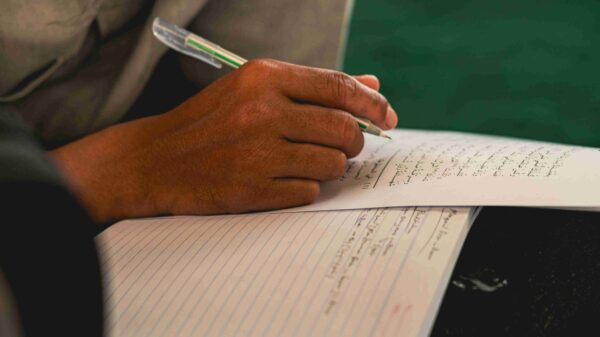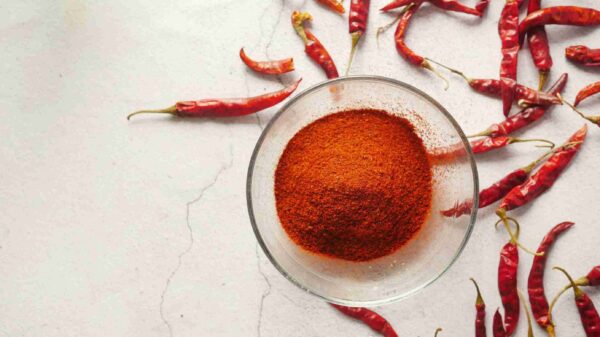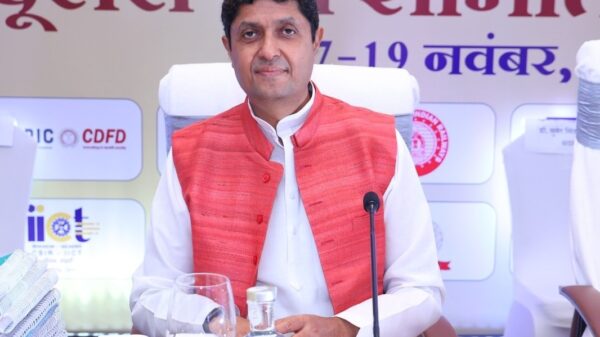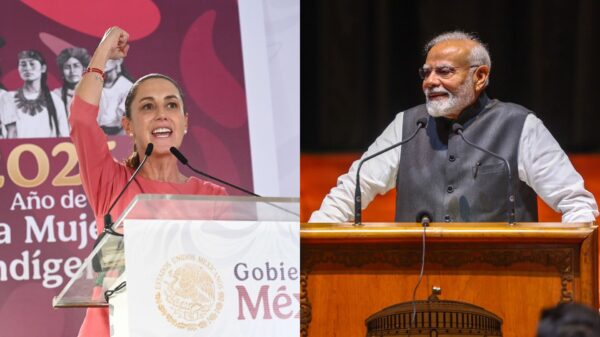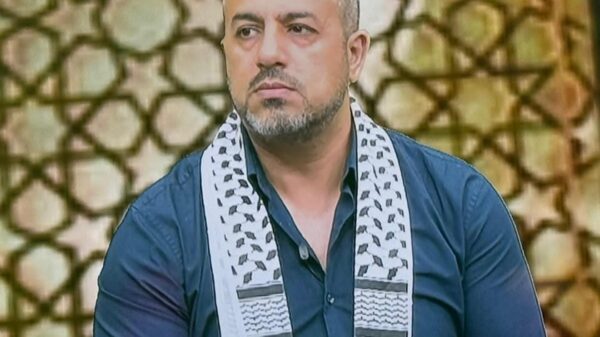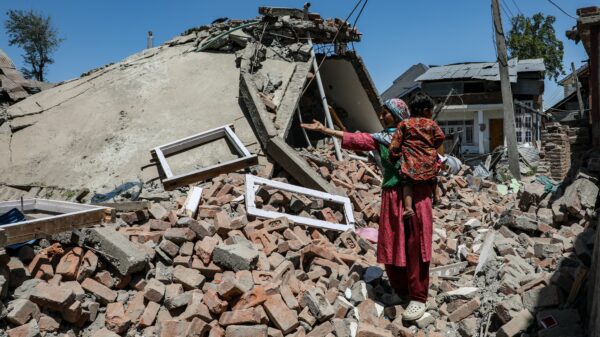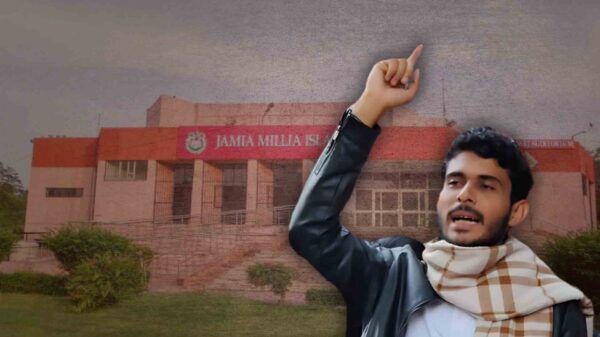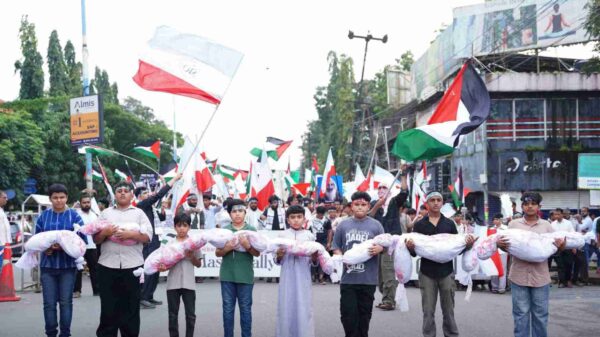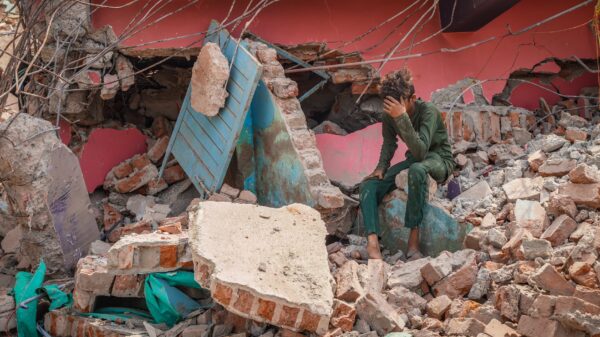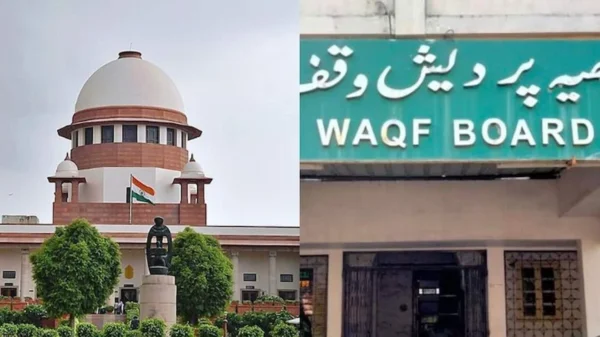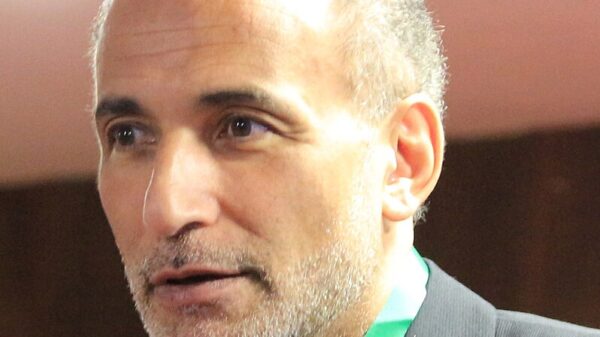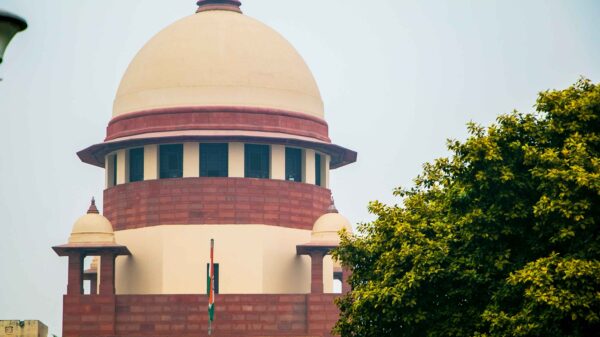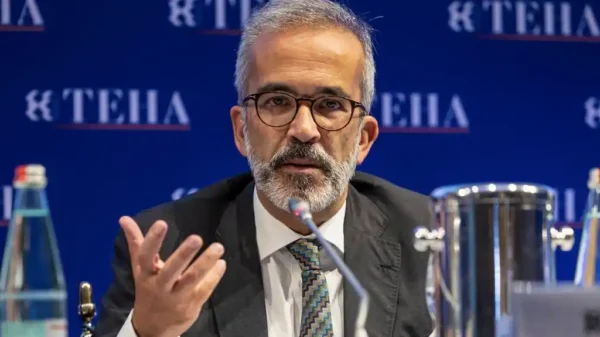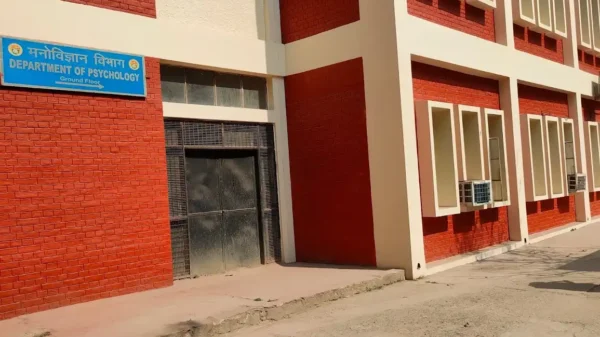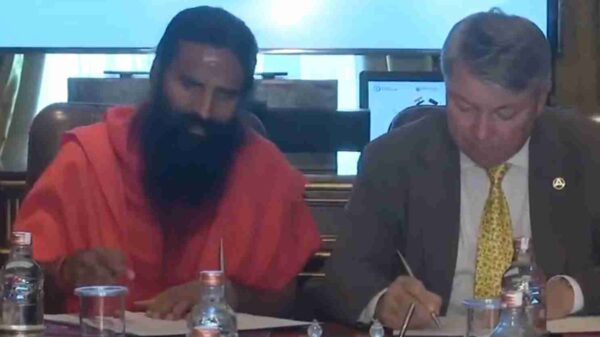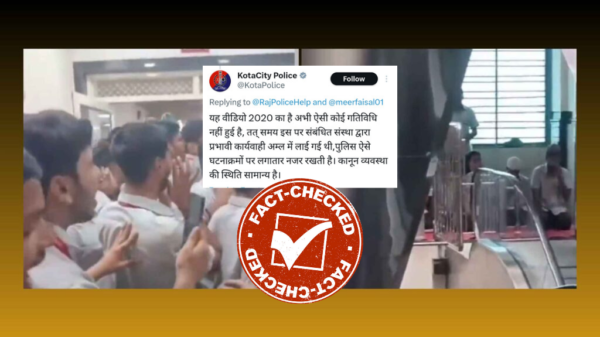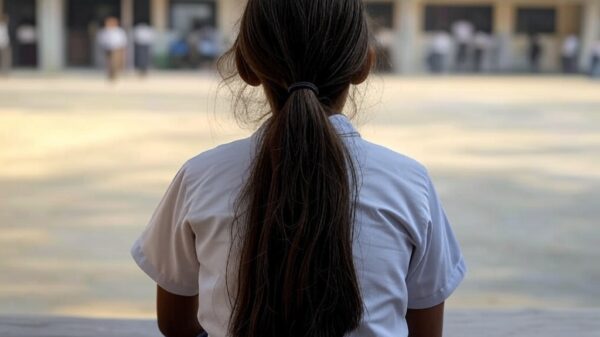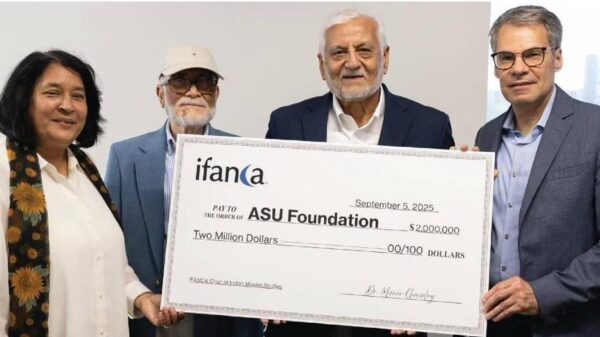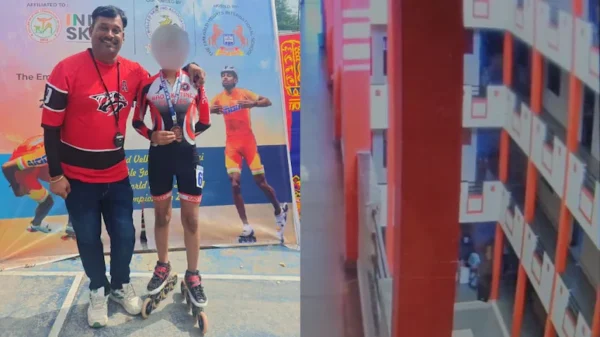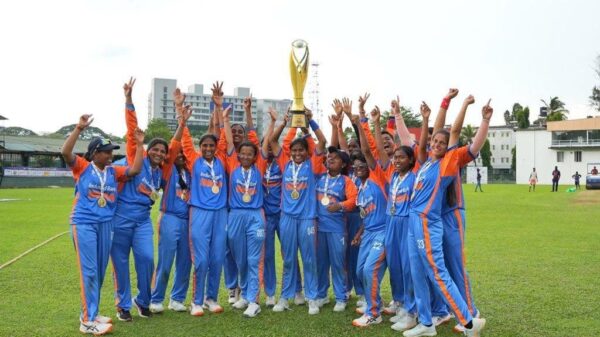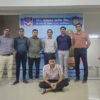The Aligarh Muslim University (AMU) has embarked on an ambitious space programme known as the ‘SS AMU SAT’, which has received approval from the Indian National Space Promotion and Authorization Centre (IN-SPACe), operating under the aegis of the Department of Space.
The SS AMU SAT project, which began its journey in November 2021 under the guidance of the AMU Robo Club, is an endeavour to develop a 3U CubeSat – the first satellite to be named after AMU’s esteemed founder, Sir Syed Ahmad Khan.
This nanosatellite project boasts a multitude of objectives, including the utilization of satellite imagery to study economic growth in India’s poorest districts. The satellite will also facilitate the testing of several in-house developed satellite sub-systems and employ an image compression technology for expedited multimedia transmission.
This project took a leap forward in January 2023 when it was formally submitted to IN-SPACe for approval, registration, frequency allocation, and launch. In September 2023, the Student Satellite Committee, chaired by Dr. P.K. Jain, Director of the Project Management and Analysis Division (PMAD) at IN-SPACe, conducted a review of the satellite’s design and approved the proposal.
However, this approval comes with the condition that AMU enters into a Memorandum of Understanding (MOU) with IN-SPACe, encompassing all activities from the development of SS AMU SAT to its eventual launch into Lower Earth Orbit.
The team of students leading the SS AMU SAT project is under the guidance of Poorti Varshney, who is working to see this endeavour through to fruition. They receive mentorship from Dr. C. A. Prabhakar, a former Project Director at ISRO (Indian Space Research Organisation), and Faraz Ahmad, an alumnus of AMU from the class of 2013.
Crucially, this project has not progressed in isolation. AMU’s alumni employed at ISRO, as well as several international industrial experts, have provided essential technical support.
The SS AMU SAT project is tentatively scheduled to be launched within the next six months.






